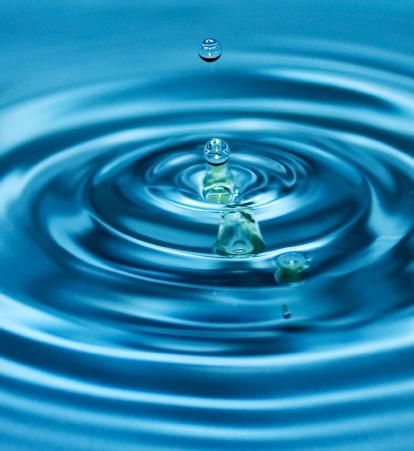IT’S TIME TO TAKE ACTION TODAY, NOT NEXT WEEK, NOT TOMORROW, BUT TODAY!!!
Do you have goals? Do you want to become fitter? Do you want to lose weight? Do you want to build muscle? Well? Its time to STOP CONTEMPLATING and time to START TAKING ACTION TODAY!!!!!!.
Over the next few weeks and months I am going to be expanding my blog so what ever goals you have, what ever it is you want to achieve, I will help you towards getting there!! WHY START TOMORROW WHEN YOU CAN START TODAY!!
I will be adding new pages to expand and categorise different goals that people might have! For example if you what to lose weight and aren’t sure how, no worries because their will be a separate page on my blog that will help you with that.
Okay, with that said a done here is something you can start and do today to become a healthier and fitter you!!
Try this just for one week and feel the difference!!!
First up……….Nutrition – In with the good out with the bad
- Eat plenty of natural foods and avoid all junk food (takeaways, sweets, chocolate, fizzy pop, ect. You all no it’s bad!!)
- Cut out alcohol or at least cut down (drink in moderation is okay, binge drinking however is completely the wrong thing to do if you are really committed to achieving your goals!!
- Avoid white carbohydrates and replace with wholemeal or wholegrain, this will aid in reducing your body fat!
- Drink plenty of water through out the day! Drink a minimum of 2 litres. After one week of drinking water throughout the day you will feel the different in how you feel. Check out my very first post about water - http://biffa-healthandfitness.blogspot.com/2011/02/why-water-is-more-important-than-you.html
- Eat 4-6 small meals a day, this will aid in speeding up your metabolism which in turn will result in your body burning more calories!
- 5 a day? Nope 7 a day – 3 fruit & 4 vegetables
Next up……….Exercise – Run fat boy run! Time to burn fat!! Quick!!!
Cardiovascular, Fat burning workout
Warm up - 5 minuets slow jogging to warm up then do10 body squats, then 12 lunges.
Start workout: 10 minutes running at a medium pace, then do some sprint intervals – 20 seconds sprinting followed by 40 seconds slow jogging or walking then repeat 4 more times!
Cool down – 5 minutes slow jogging or walking. Now do some stretches to stretch out the muscles reducing soreness the next day or two (lol) Hold each stretch for 15-30 seconds, make sure you can feel the stretch.
Leave a day in-between workouts!
Muscle conditioning workout – Circuit training (x 3 Circuits)
Reverse lunges - 20 reps, 10 each side
Press ups – maximum reps
Crunch – 15-30 reps
Jump squats – 15 reps
Berpies – 15-20 reps
Bicycles – 20-30 reps
Star jumps – 15 reps
Dorsal raise - 12-15 reps
Complete each exercise one after another without rest. After completing all exercises rest 60-90 seconds the complete 2 more circuits.
YOU NOW HAVE WHAT YOU NEED TO START TAKING ACTION TODAY!!!!!!!
Good luck!! :D







